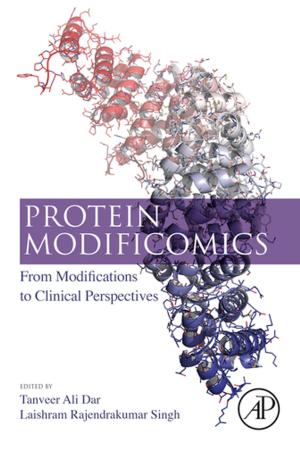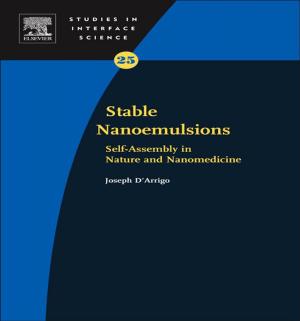Bioprinting
Techniques and Risks for Regenerative Medicine
Nonfiction, Science & Nature, Science, Other Sciences, Molecular Biology, Biological Sciences, Biotechnology| Author: | Maika G. Mitchell | ISBN: | 9780128094037 |
| Publisher: | Elsevier Science | Publication: | February 17, 2017 |
| Imprint: | Academic Press | Language: | English |
| Author: | Maika G. Mitchell |
| ISBN: | 9780128094037 |
| Publisher: | Elsevier Science |
| Publication: | February 17, 2017 |
| Imprint: | Academic Press |
| Language: | English |
Innovation is added value to a known process. Bioprinting: Techniques and Risks for Regenerative Medicine aims to stimulate a scientifically grounded, interdisciplinary, multiscale debate and exchange of ideas using the techniques described in the book. 3D printing and additive manufacturing evolved from within the field of Cell Biology will have the ability to recreate cells queried from large amounts of phenotypic and molecular data. Stem Cell biologists, biotechnologists and material engineers, as well as graduate students will greatly benefit from the practical knowledge and case examples provided throughout this book.
- Shows the possible risk of rejection of 3D printed cells.
- Contains bioprinting techniques in literature plus actual 3D files adapted and created by the author using several types of 3d printers
- Provides information on how to convert an existing 3-D printer to bioprinter using currently available techniques
- Describes the increased complexity of bioprinting compared to 3D- printing
- Discussion on how 3D printing and additive manufacturing offers the opportunity to 3D print an entire organ, reducing the associated costs of this process when using cells as bioink
Innovation is added value to a known process. Bioprinting: Techniques and Risks for Regenerative Medicine aims to stimulate a scientifically grounded, interdisciplinary, multiscale debate and exchange of ideas using the techniques described in the book. 3D printing and additive manufacturing evolved from within the field of Cell Biology will have the ability to recreate cells queried from large amounts of phenotypic and molecular data. Stem Cell biologists, biotechnologists and material engineers, as well as graduate students will greatly benefit from the practical knowledge and case examples provided throughout this book.
- Shows the possible risk of rejection of 3D printed cells.
- Contains bioprinting techniques in literature plus actual 3D files adapted and created by the author using several types of 3d printers
- Provides information on how to convert an existing 3-D printer to bioprinter using currently available techniques
- Describes the increased complexity of bioprinting compared to 3D- printing
- Discussion on how 3D printing and additive manufacturing offers the opportunity to 3D print an entire organ, reducing the associated costs of this process when using cells as bioink















